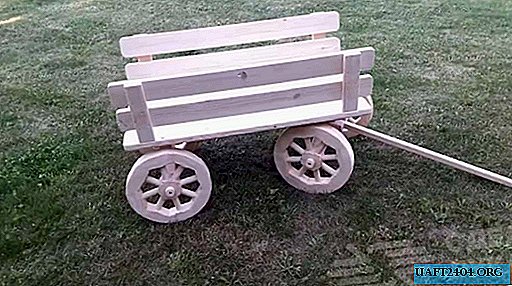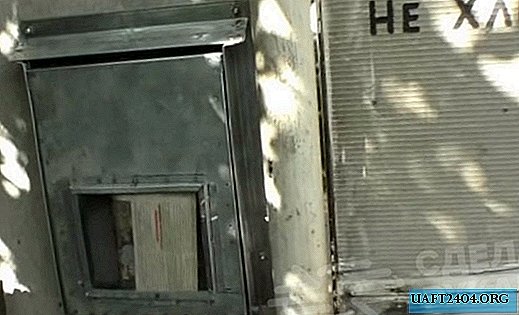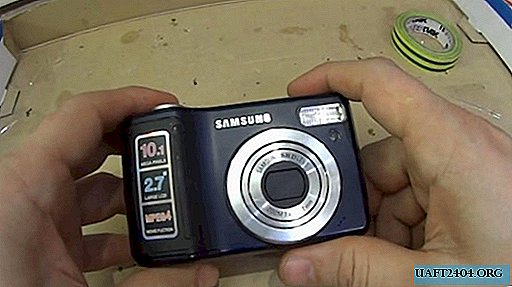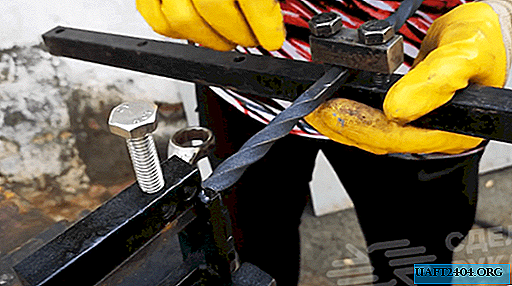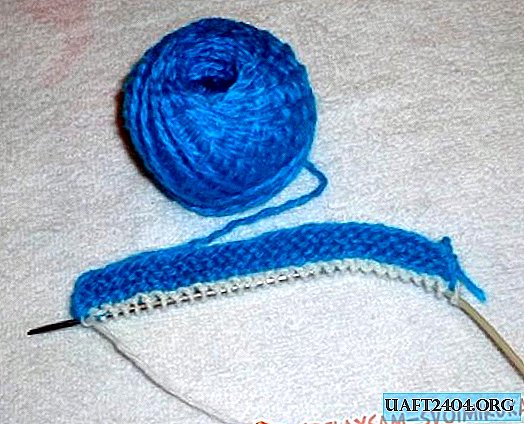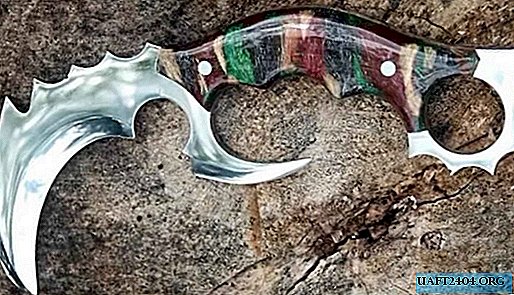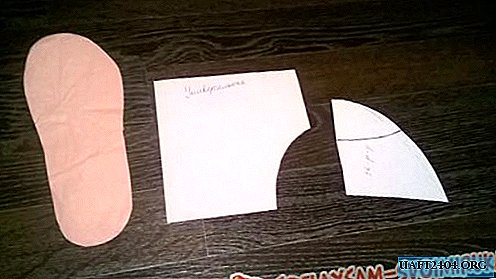Share
Pin
Tweet
Send
Share
Send
For example, from a classic cotton blouse of size 44, a mother with little experience in tailoring and sewing for a couple of evenings can easily sew a shirt for a son 75-80 cm tall (about 1 year 3 months).
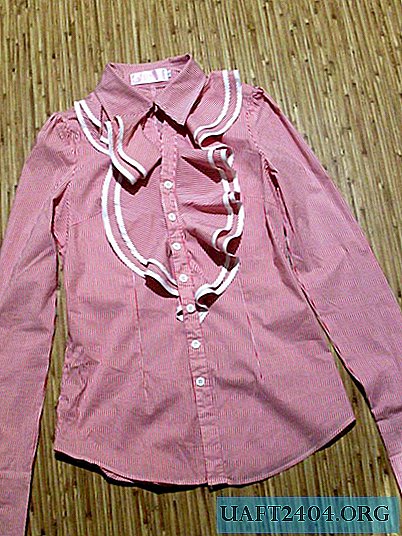
First, the blouse needs to be prepared for cutting, - gently open, wash and iron.
Then you can begin to reveal the details of the shirt. The pattern can be copied from a magazine for sewing children's clothing or printed, downloaded from the Internet.
A classic shirt should include the following details:
1. Shelf, 2 parts. We cut out the shelves of the blouse.

2.Back, 2 parts. We cut out from the back, which has an average seam.

3. Sleeve, 2 parts. Cut out of the sleeves.

4. Cuffs, straps for fasteners, 2 parts each, cut out from the remains of the blouse. Collar, 1 piece. We redraw it from the collar of the blouse.

All details of the cut must be cut out by adding allowances for seams 1 cm wide.
Then you can start assembling the shirt.
First you should sew and overcast the middle seam of the back. The seam allowance must be ironed in any direction.
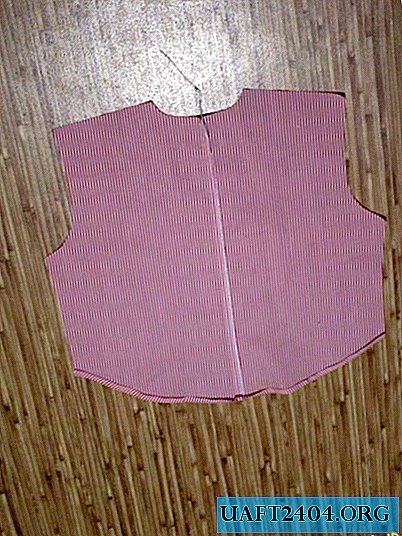
Then you need to sew, overcast and iron the shoulder and side seams of the shirt to the side of the back, in other words, stitch the shelves to the back.

Next, you need to prepare the collar, - grind its ends.

After this, the seam allowances in the corners of the collar must be carved, the collar itself must be turned on the face and ironed. At the ends and departure of the collar should be given a finishing line. The upper and lower collars should be swept together with auxiliary manual stitches along the lower cuts (in this form, the collar will be conveniently sewn into the neck).

Clipped strips for fastening must be duplicated with an adhesive pad on a fabric or knitted (depending on the properties of the main fabric) basis. One longitudinal section of the strap should be overcast.

Next, the collar needs to be pinned along the neck of the shirt, and the straps - along the cut of the side.

Then you need to grind the collar into the neck of the shirt, while at the same time turning the shelves with trims.

After the operation, the pins, as well as the threads of the collar parts, can be removed. The seam allowance for sewing in the collar must be overcast. Planks should be unscrewed on the face and ironed on the wrong side of the shirt. At the next stage, you need to give the finishing line along the slats and at the same time along the bottom of the shirt. The cuffs should also be duplicated with an adhesive pad. Then each cuff needs to be machined on short sides.

Then the cuffs should be turned on the face, ironed and stitched along the bottom of the sleeves, wrapping them at the beginning and at the end of the line with allowances for the lower seam of the sleeve (they must be swept in advance). The sleeve in the process of attaching the cuff must be laid on the bottom in 3 folds going towards the back.

The seams for attaching the cuffs must also be overcast.

Next, grind and iron the lower seam of the sleeve.

The sleeve must be twisted, swept, and then sewed into the armhole of the shirt. After this, the sewing threads must be removed, overcast the seam allowance and ironed by unscrewing it to the side of the sleeve.
On the slats and cuffs, you need to mark and sew straight loops on the sewing machine, as well as manually sew buttons.
The finished shirt should be ironed carefully.

Share
Pin
Tweet
Send
Share
Send

